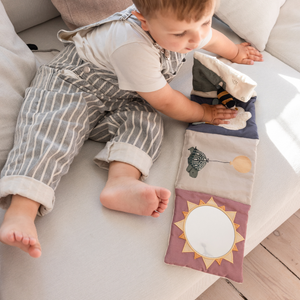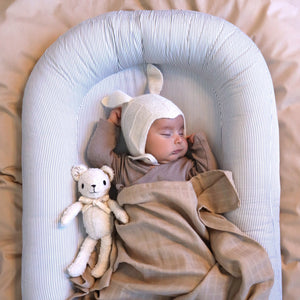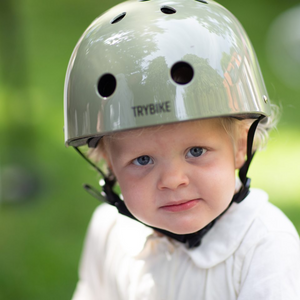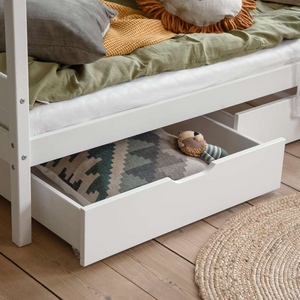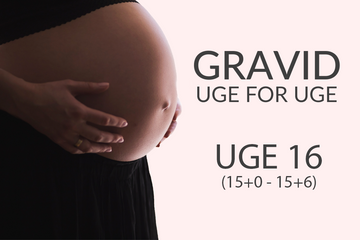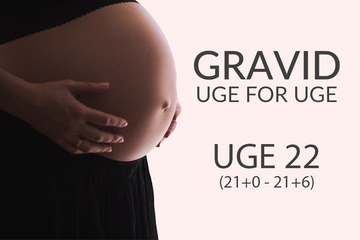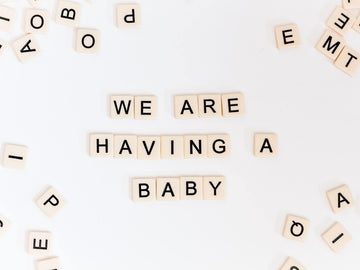In your pregnancy, you are now approaching your 2nd trimester scan, which takes place between week 18 and 20. It is also called the anomaly scan and is offered by the public healthcare system. At the scan, you might see your baby making sweet human faces.
Hair on the head and small grimaces
The small grimaces that the fetus can now make are due to the fact that he or she now has well-developed facial muscles, making it possible to furrow the brow, open and close the mouth, and squint the eyes. However, the eyes are not open yet at this stage, but they can gradually register the difference between light and dark.
Another development that is well underway around week 16 is the growth of hair on the head. However, it varies greatly how much hair a newborn has. Some babies are born with a lot of hair, while others have only small signs of hair growth on their heads at birth. Additionally, while the baby is in the womb and during early birth, the body is covered with a layer of hair that is thicker than the hair that subsequently covers the body throughout life.
Boy or girl?
Some choose to wait to find out the baby's gender until birth, so it remains unknown throughout the pregnancy. If you are very curious about whether you are expecting a boy or a girl, you can probably get the answer at a scan around week 14. Already at week 12, the person performing the nuchal fold scan may be able to give a qualified guess about the gender.
If you pay for a gender scan after week 14, you will be able to get a very reliable answer. However, this requires that the baby in your belly is cooperative and positioned so that the genitalia can be seen. There may also be an umbilical cord in the way or other factors that make it impossible to see on that particular day.
You can also wait until the 2nd trimester scan, where, if circumstances allow, it is also possible to find out the gender.
Anomaly scan
At the anomaly scan between week 18 and 20, as the name suggests, it will be a scan aimed at examining the fetus for anomalies, but also to examine the placement of the placenta.
For this scan, there is often an opportunity to see the gender in many cases, and it is quite common to wait until this scan to find out. But we understand if it is difficult to wait. However, the purpose of the scan is not to determine the gender, and therefore there is no guarantee that you will know the gender after the scan. As previously mentioned, there may be factors that make it impossible to see during the scan.
Cravings and larger breasts
During this time of pregnancy, you may start to experience increased sugar cravings or have an uncontrollable desire for a specific food. This is quite normal, even if your craving is for something that may not be entirely common to eat.
The reason for the changed habits and strong cravings for something specific may be related to your body needing extra energy, vitamins, minerals, and proteins.
The necessary development of your breasts, so that they can be ready to produce milk after birth, is now underway. Blood flow is increasing, and you may notice that there are visible blood vessels. Furthermore, they are growing, and as they develop, small buds will form on your nipples, which are intended to protect them during breastfeeding.
Size of the fetus
The little baby is now about 12 cm from head to bottom and weighs around 100 g. This is equivalent to the size of an orange. It also shows that growth is in full swing, and although it may not sound like much, it is the size of a small human who is lying and training its body parts and frowning.
Advice for the partner
If it hasn't already been the case for a couple of weeks, you may now become familiar with pregnancy cravings. It could be a specific fruit or candy or a very particular food combination that may seem completely wrong to you as a partner. But make sure that what your partner craves is available.
It may also make it easier for you if the pregnant person's craving arises at a time when it is not possible to get it.

















